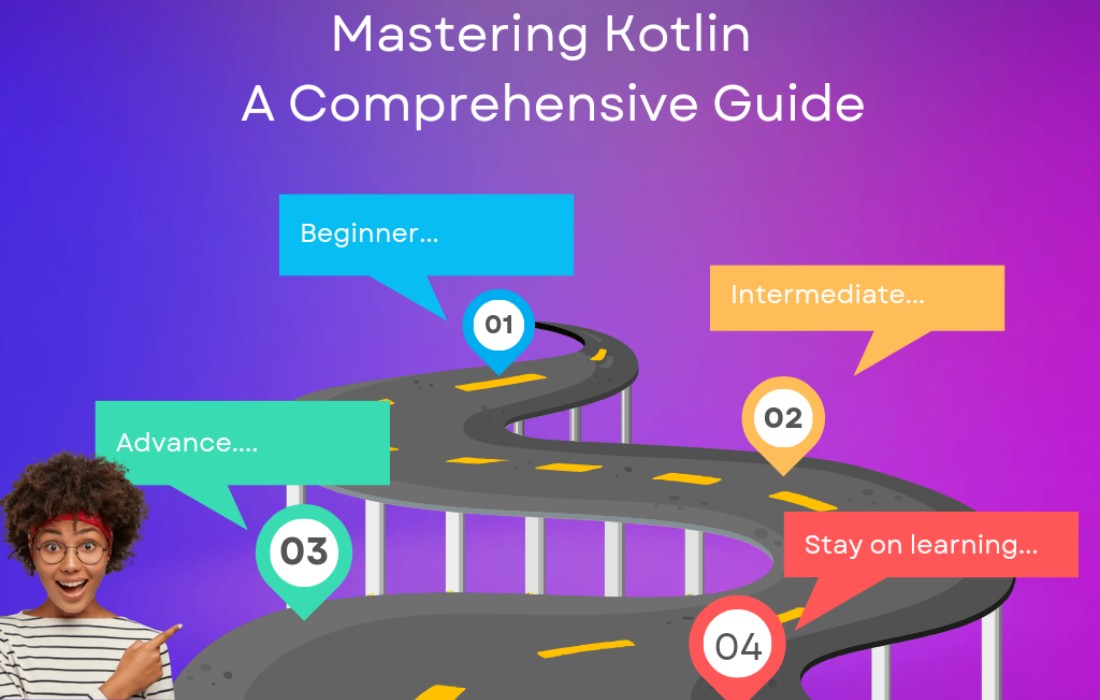Kotlin is a powerful programming language known for its concise syntax and expressive features. In this blog, we’ll explore one of the most important aspects of Kotlin: functions. We’ll cover various ways to define and use functions, including named arguments, default values, single-expression functions, and lambda expressions. This guide will also help you understand when and why to use them for clean and efficient code.
1. Declaring Functions in Kotlin
In Kotlin, we define functions using the fun keyword. The general structure includes:
- Function name
- Parameters (with types)
- A return type
- The body of the function inside curly braces
For example:
In this example, hello() prints "Hello, world!" when called.
2. Function Parameters and Return Types
Function parameters in Kotlin are defined within parentheses () with their respective types. You can also specify the return type after the parameter list using a colon :.
Here’s an example where we define a function sum() that accepts two integer parameters and returns their sum:
3. Named Arguments
In Kotlin, you can use named arguments to make the function calls more readable. Named arguments allow you to specify parameters by name rather than by position, making the code clearer.
Example:
4. Default Parameter Values
Kotlin allows you to specify default values for parameters. This enables you to omit certain arguments when calling the function.
5. Functions Without Return Values (Unit Type)
If a function doesn’t return anything meaningful, its return type is Unit. The Unit type is Kotlin’s equivalent of void in other languages. You can omit the return type in such cases, and the return keyword is optional.
Example:
6. Single-Expression Functions
To make your code more concise, you can define single-expression functions. These functions are automatically inferred by Kotlin to have the correct return type.
7. Early Returns
You can use return to exit a function early, especially in conditional statements. This helps avoid unnecessary computation.
8. Lambda Expressions
In Kotlin, lambda expressions allow you to define concise anonymous functions. A lambda expression is written within curly braces {} and can be passed as arguments to other functions, making your code more flexible.
Example:
Lambda expressions are particularly useful when working with collections. For example, you can use .filter() or .map() functions to transform or filter lists:
9. Function Types
Kotlin allows you to define the type of a function as a variable. The syntax for a function type is written as (parameterType) -> returnType.
10. Returning Lambda Expressions from Functions
You can also return lambda expressions from functions. The return type of the function should match the lambda’s function type.
11. Trailing Lambdas
If a lambda expression is the only parameter in a function, you can write it outside the function parentheses. This is known as a trailing lambda.
Conclusion
Mastering Kotlin functions and lambda expressions helps you write cleaner, more efficient code. Functions provide a way to structure your logic, while lambdas allow for even more compact and flexible expressions. Whether you’re defining simple functions or working with more complex operations using lambdas, understanding these concepts is key to becoming proficient in Kotlin programming.
Happy coding!












